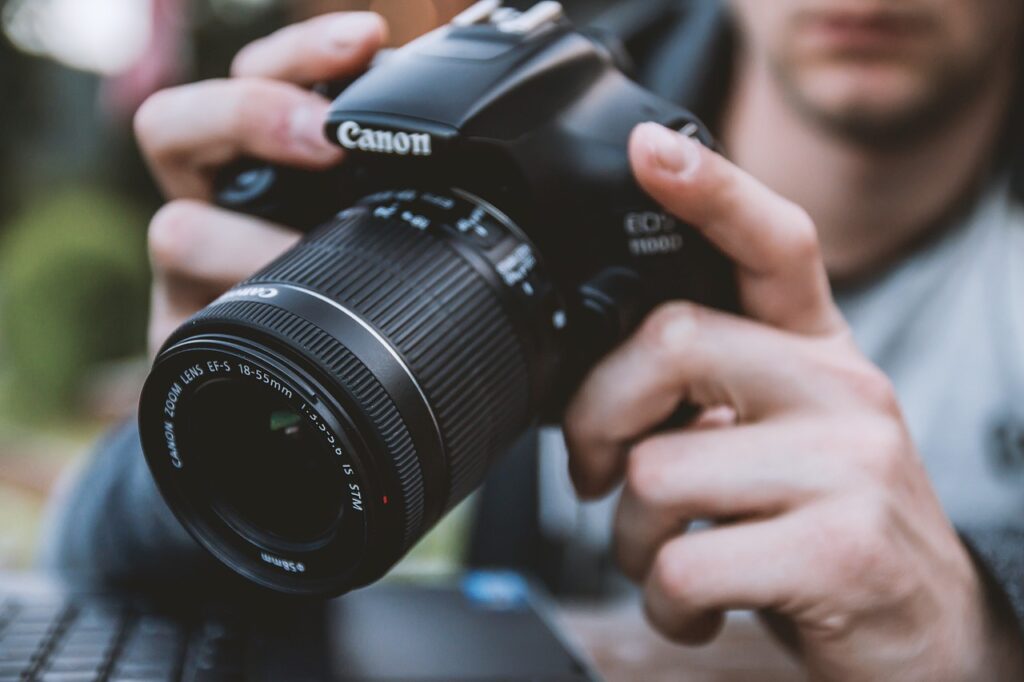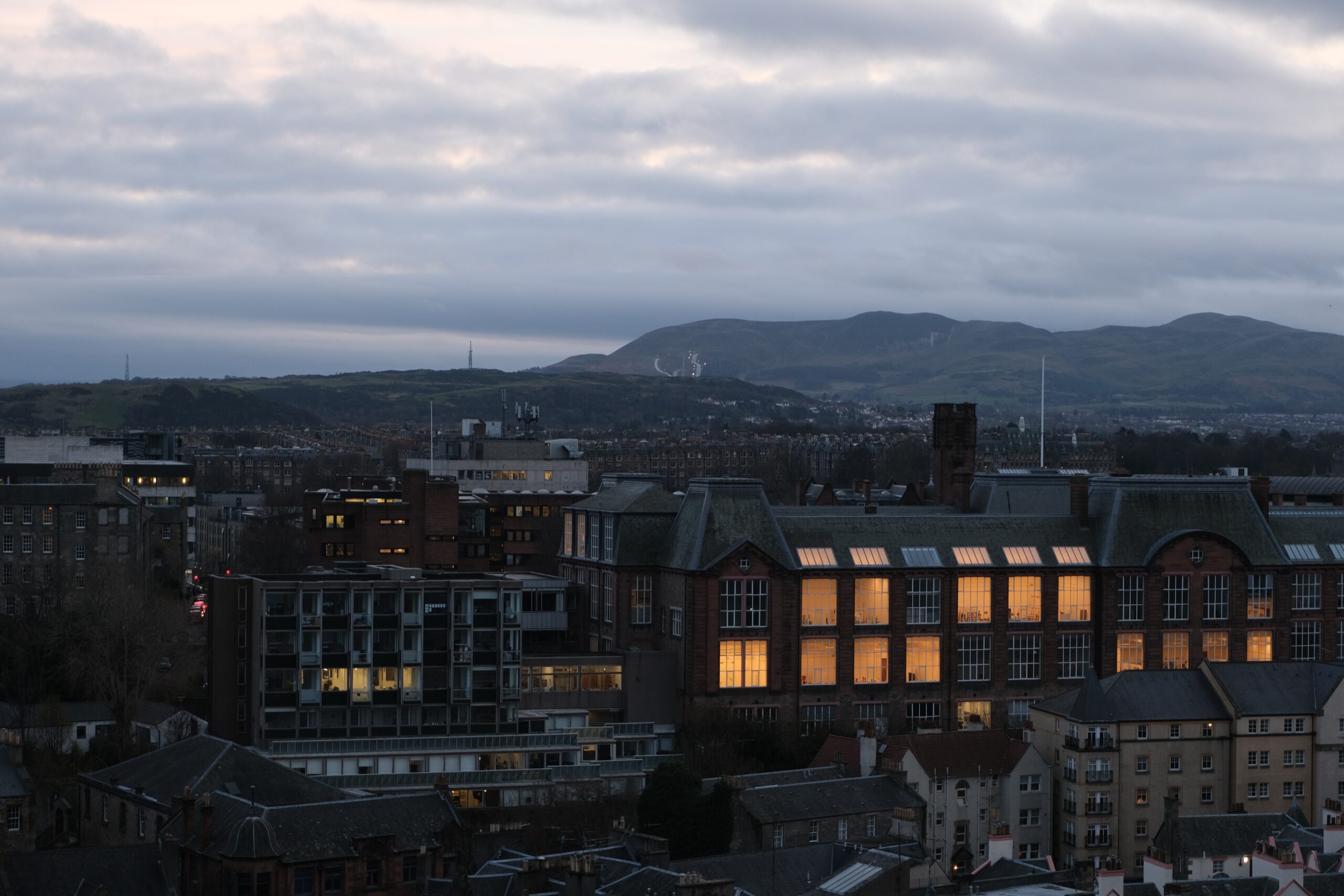What is Architectural Photography?
Architectural photography is more than just taking pictures of buildings; it’s a captivating art form that allows us to appreciate the beauty, design, and functionality of architectural structures. In this comprehensive guide, we will delve into the fascinating world of architectural photography, exploring its definition, techniques, and the equipment needed to excel in this captivating field. now we hope you have a oveview of what is architectural photography.
At its core, architectural photography is about understanding the vision behind a building’s design and translating that into a visually compelling image. This requires a deep appreciation of architecture itself—the lines, shapes, materials, and the intended function of the space. Photographers in this field must have a keen eye for detail, composition, and lighting to bring out the best in the subject.
Read more: List of Famous Architecture Photographers in the World
Type of Architecture Photography in 2024
Architectural photography, with its rich palette of styles and approaches, captures the essence of buildings and structures in diverse and creative ways. Here are several prominent styles of architectural photography, each offering a unique perspective on the built environment:
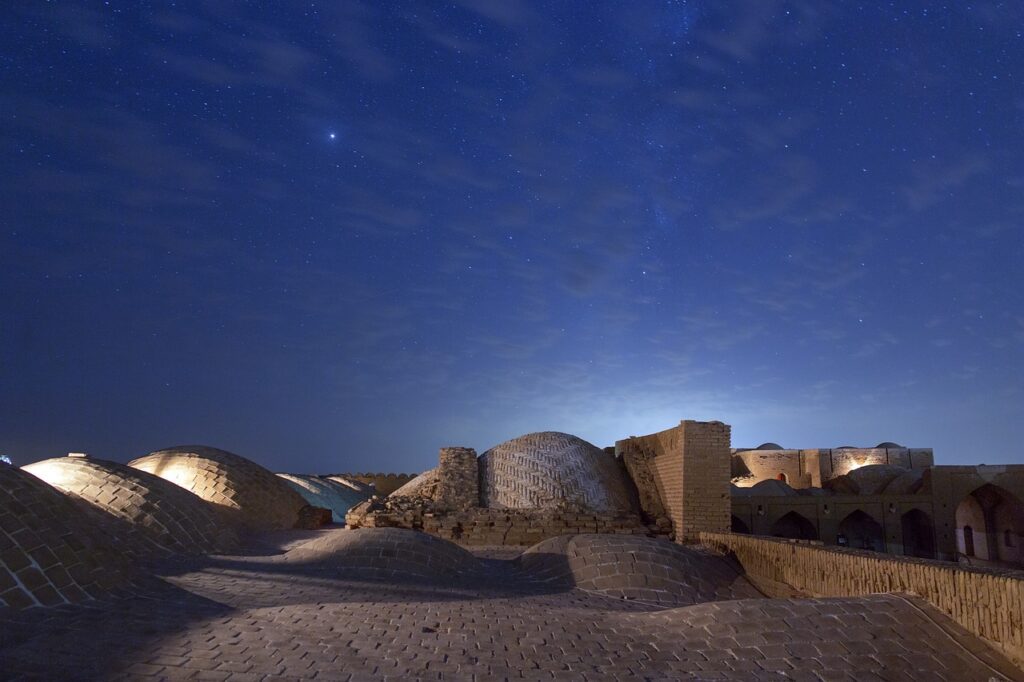
1. Classic Architectural Photography
2. Abstract Architectural Photography
3. Black and White Architectural Photography
4. HDR (High Dynamic Range) Architectural Photography
5. Interior Architectural Photography
6. Environmental Architectural Photography
7. Night or Low-Light Architectural Photography
8. Documentary Architectural Photography
9. Drone Architectural Photography
10. Fine Art
1. Classic Architectural Photography
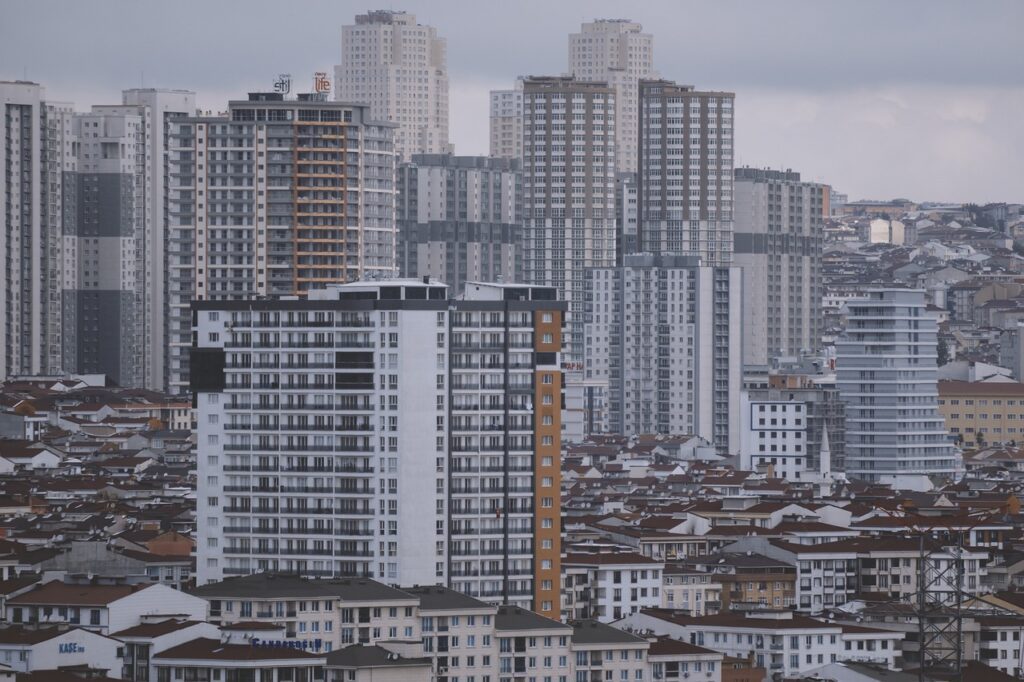
Classical architectural photography is a genre that emphasizes the accurate representation of architectural structures, focusing on their design, form, and functional beauty. This style of photography is grounded in the principles of clarity, symmetry, and balance, aiming to present buildings in a straightforward and honest manner. Unlike abstract or artistic architectural photography, which may seek to interpret or present a structure in a subjective light, classical architectural photography aims to document the architecture in its purest form.
Core Principles of Classical Architectural Photography
- Emphasis on Design and Detail: The primary goal is to showcase the architectural design elements such as lines, shapes, textures, and materials. Photographers pay close attention to the details that define the building’s character and aesthetic appeal.
- Symmetry and Balance: Classical architectural photography often utilizes symmetrical compositions to reflect the harmony and proportion inherent in architectural design. This approach underscores the planned precision of architectural works, creating images that are pleasing to the eye.
- Accurate Representation: There is a strong emphasis on accurately representing the building as it exists in reality. This involves careful consideration of perspective to avoid distortion, ensuring that vertical lines remain straight and true to how they would appear to the naked eye.
- Natural Lighting: Utilizing natural light is crucial in this style, as it can reveal the true colors, textures, and materials of the building. Photographers often shoot during the golden hours—shortly after sunrise or before sunset—when the light is soft and warm, to enhance the structure’s features without creating harsh shadows.
Applications of Classical Architectural Photography
Classical architectural photography serves various purposes, from documenting historical and cultural landmarks to creating visual records for architects, designers, and real estate professionals. These photographs are used in marketing materials, architectural portfolios, and publications that require clear, detailed images to convey the essence of the architecture.
One of the most renowned figures in the realm of classical architectural photography is Julius Shulman. Born in 1910, Shulman’s career spanned nearly seven decades, during which he became one of the leading voices in architectural photography, particularly known for his work documenting California’s modernist architecture. His photographs have played a crucial role in shaping the visual narrative of modern architecture across the mid-20th century.
2. Abstract Architectural Photography
Abstract architectural photography is a genre that diverges from the straightforward representation of buildings and structures, focusing instead on the isolation of form, pattern, texture, and color to create images that can be seen as independent art. This style emphasizes the aesthetic and conceptual over the literal, inviting viewers to interpret the architecture in new and unexpected ways.
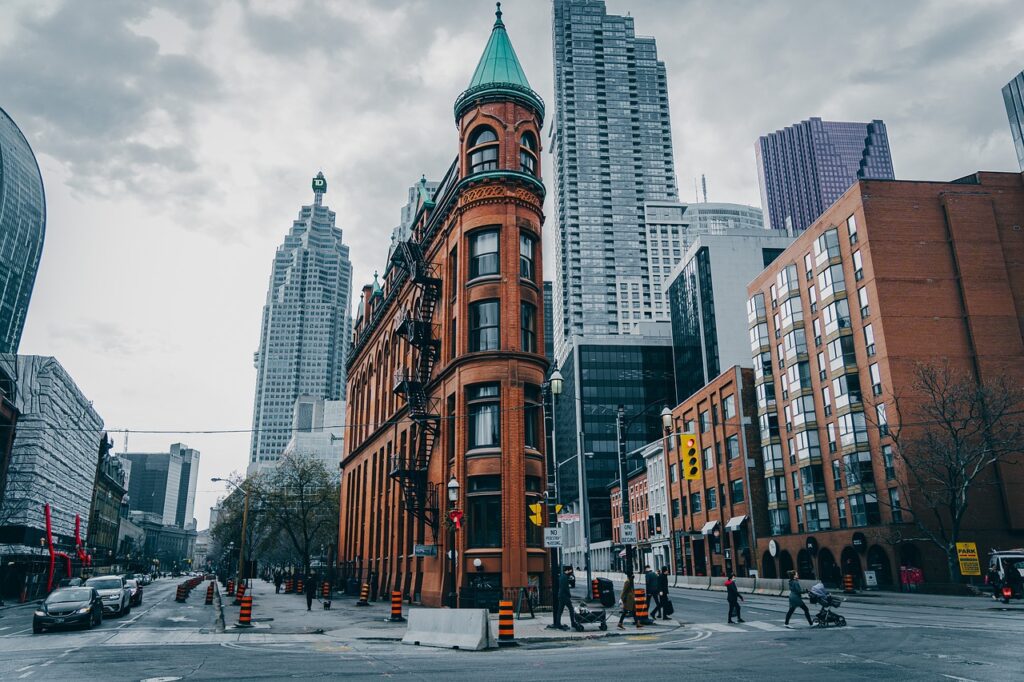
Abstract architectural photography strips away the context and functionality of architectural elements, leaving a pure visual essence. It transforms the familiar into the unfamiliar, encouraging a focus on composition and detail that might go unnoticed in a more conventional architectural photograph. This genre is not just about what is seen but how it is seen, challenging perceptions and highlighting the beauty in the mundane or overlooked aspects of buildings.
Techniques and Approaches
- Composition: Abstract architectural photographers often employ unconventional compositions, framing their shots to highlight geometric patterns, repeating structures, or contrasting textures. The composition is key to directing the viewer’s eye and creating a visually compelling image.
- Close-Ups and Cropping: By zooming in on specific details or cropping their images tightly, photographers can remove the context, allowing shapes and patterns to stand on their own. This technique emphasizes the abstract qualities of architectural elements.
- Play with Light and Shadow: Light and shadow are fundamental tools in abstract architectural photography. Photographers use them to create contrast, highlight textures, and define shapes. The interplay of light and shadow can transform a static building into a dynamic composition of gradients and patterns.
- Color and Monochrome: While some abstract architectural photographs thrive on the use of bold colors to create impact, others rely on the simplicity of monochrome to focus on form and texture. Black and white photography, in particular, can enhance the abstract nature of an image by stripping away the distractions of color.
- Reflections and Distortions: Reflections in glass, water, or metallic surfaces provide an opportunity to capture architecture in a distorted, dream-like state. This technique can create surreal images that challenge the viewer’s perception of reality.
- Post-Processing: Digital editing plays a significant role in abstract architectural photography. Photographers may adjust contrast, saturation, and composition or employ more creative edits to enhance the abstract nature of their images.
One of the most celebrated abstract architectural photographers is Hiroshi Sugimoto. Born in Tokyo, Japan, in 1948, Sugimoto has developed a distinctive style that merges concepts of time, space, and architecture through his photography. His work is characterized by an ethereal quality, capturing not just the physical aspects of architectural structures but also exploring the deeper philosophical and conceptual underpinnings.
3. Black and White Architectural Photography
Black and white architectural photography is a genre that transcends the mere documentation of buildings and spaces, elevating them to striking pieces of art. By stripping away color, photographers can focus on the fundamental aspects of architecture: form, texture, contrast, and the play of light and shadow. This style of photography highlights the timeless beauty and dramatic essence of architectural forms, offering a distinct perspective that color photographs may not capture.
